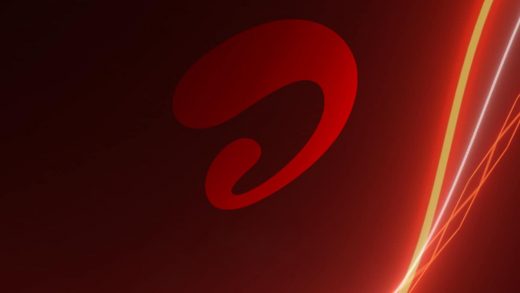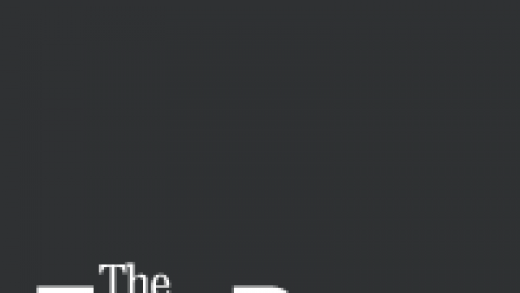:format(webp)/https://www.thestar.com/content/dam/thestar/entertainment/2022/10/27/this-toronto-arts-festival-doesnt-shy-away-from-controversy-in-fact-it-welcomes-it/losing_it_boozie_image_courtesy_of_boozie.jpg)
A Toronto arts festival is asking its audience to reconsider the stigmatized, showcasing a mosaic of work from artists with lived experience in addiction, mental illness and other often-marginalized facets of identity.
The Rendezvous with Madness Festival is the largest arts and mental health festival in the world and hosts everything from theatre to visual art to film.
In its 30th year, the festival is an opportunity for artists and audiences to engage in difficult conversations — and the festival staff believe that discomfort around the taboo is where magic can happen.
Scott Miller Berry, interim executive artistic director of Workman Arts, which spearheads the Rendezvous with Madness Festival, believes fiercely in the power of the festival as a commons for hot-button discourse.
“We make the space for difficult discussions,” he said in an interview. “We make space for discussions that aren’t always easy to have, challenging even our own assumptions.
“In my introduction to the festival, I attended a screening and the discussion afterward was literally explosive. So many opposing feelings and passions and positions and experiences. And the festival just made space for it. We don’t look to create conflict. We look to move beyond it and go deeper.”
An example of a film that ruffled feathers at Rendezvous with Madness was 2015’s “Daniel’s World,” a Czech documentary about a pedophile who in his 20s tried to build community and find support in his own way. The film made a splash globally and prompted spirited, profound debate in Toronto.
“Our committee was completely split,” said Miller Berry. “We still program the festival by committee; it’s an important component of the festival, where people with many cultural backgrounds and ages and lived experiences are involved in selecting what we show.
“Anyway, the committee was deadlocked … This issue isn’t easy to talk about and portrayed quite negatively in the media, and sexual abuse and violence is very real. But we got all kinds of incredible feedback. It happened to be one of the best attended films that year.
“It’s a really important part of the festival, not being afraid to prioritize talking about things that are difficult.”
Katelyn Gallucci, program co-ordinator at Rendezvous with Madness, believes it’s exceptionally important that this forum for complex dialogue have a theme. This year, Gallucci came up with #MoreThanRebellion.
“It’s a public-facing event, right? So it’s a really good opportunity to make a statement,” she said in an interview.
“I noticed an uprising in the city, people’s attitudes of rebellion. And I desperately want people to understand that rebellious activity, to understand that there is so much more than the binary of good or bad. It’s about wanting change and taking change into your own hands. It’s not placating, it’s challenging.
“I’m just wanting to create a bigger conversation,” she concluded.
Jules Vodarek Hunter is the art training program manager at Workman Arts year-round but, during the festival, they facilitate the theatre department.
“A lot of folks are in need of a space to grow their work and try out their ideas,” Vodarek Hunter said in an interview.
“People’s art practice has been on pause because they haven’t had a chance to show it with an audience. Part of theatre is having an audience. We went with pieces that … aren’t really seen in mainstream theatre, so shows that maybe push the boundary of what’s comfortable to watch onstage.”
Vodarek Hunter mentioned in particular a show called “The Suicide Key,” created by acclaimed theatre artist Laura Piccinin. “The Suicide Key” unpacks an increasingly controversial subject: assisted suicide and whether people should have the protected right to die with dignity.
“These are conversations we don’t hear a lot because they’re hard,” said Vodarek Hunter.
Art exhibition curator Paulina Wiszowata has lasered in on the notion of intimacy for this year’s festival, which was juried by three people from the Workman Arts member base.
“There’s a sense of gentleness and care in these works,” said Wiszowata. “Each artist has a completely different medium that they use: photography, multimedia installation, painting, illustration, animation. It’s a huge, massive exhibition.”
Vodarek Hunter said the beating heart of the festival is its curatorial process, which never, ever hinges on the tastes or lived experience of just one person.
“It’s not just the four of us,” they said. “It’s committee after committee of those who have unique lived experience that they can speak to, which helps inform what gets presented.”
“This is a space where there’s an understanding of this material. The material and the lived experience isn’t a turnoff. It’s what makes the festival what it is.”
JOIN THE CONVERSATION



